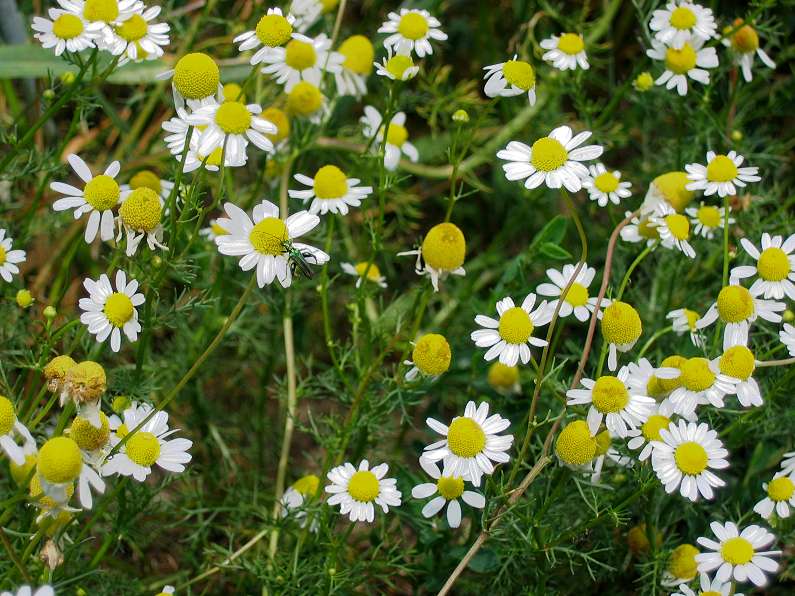I'm actually referring to the Poke plant, Phytolacca spp. This beautiful plant is coming up everywhere! Literally and figuratively. A couple months ago I was out in the back pasture with my grandma, and she asks me what this weed with seductive purple berries is. I tried identifying it, but couldn't. I was baffled. At school during the past year I always parked in the same spot. The spot is right in front of a thriving Poke plant, and I liked to see it's stature and charisma as I drove up in the morning. A few weeks after visiting my grandma, I was pulling into "my spot", and smacked my forehead. Duh! The "weed" at grandma's is a poke!
Poke kept coming up in class the last few weeks because of some experimenting with the berries (which I'll explain!). And Mary, at Herban Lifesyle, asks,
"I have poke weed growing in abundance, and I love the purple berries. I have read mixed reviews on the safety and uses of this "weed." What information can you give me on the harvesting and use of its various parts?"
My short answer is the same as late great Michael Moore, USE WITH CARE.
The plant is apparently very toxic, both to humans and animals. Decreased blood pressure and heart palpitations, nausea and headache are the common symptoms I heard of. That said, Poke has a long history of medical use in Europe. The entry in King's American Dispensatory is quite lengthy, but very comprehensive. I've heard/read that the toxins are limited to the seeds, and if juiced properly, the berries may be used in cooking. I've also heard that when taken in small quantities, the berries (including seed) can help open the mind.
None of this has convinced me to experiment with Poke. Some of my fellow students did, however. Some used the berries for dye, which turned the fabric a beautiful red. One might be concerned with if the toxin is getting in through your skin. On the other hand, a couple friends used the berry juice as face paint! And some tried part or a whole berry, just to see how it affected them. The results ranged from feeling nothing, to some nausea. But nothing dramatic.
I would trust the entry in King's Dispensatory as the authority if you do choose to use any parts of the plant, Mary. Search "phytolacca" in Michael Moore's formulas and you'll get his recommended dosages.
So again I reiterate, if you do choose to use this plant, in cooking, medicinally, or for dye, USE WITH CARE. But it sure is lovely!

















































